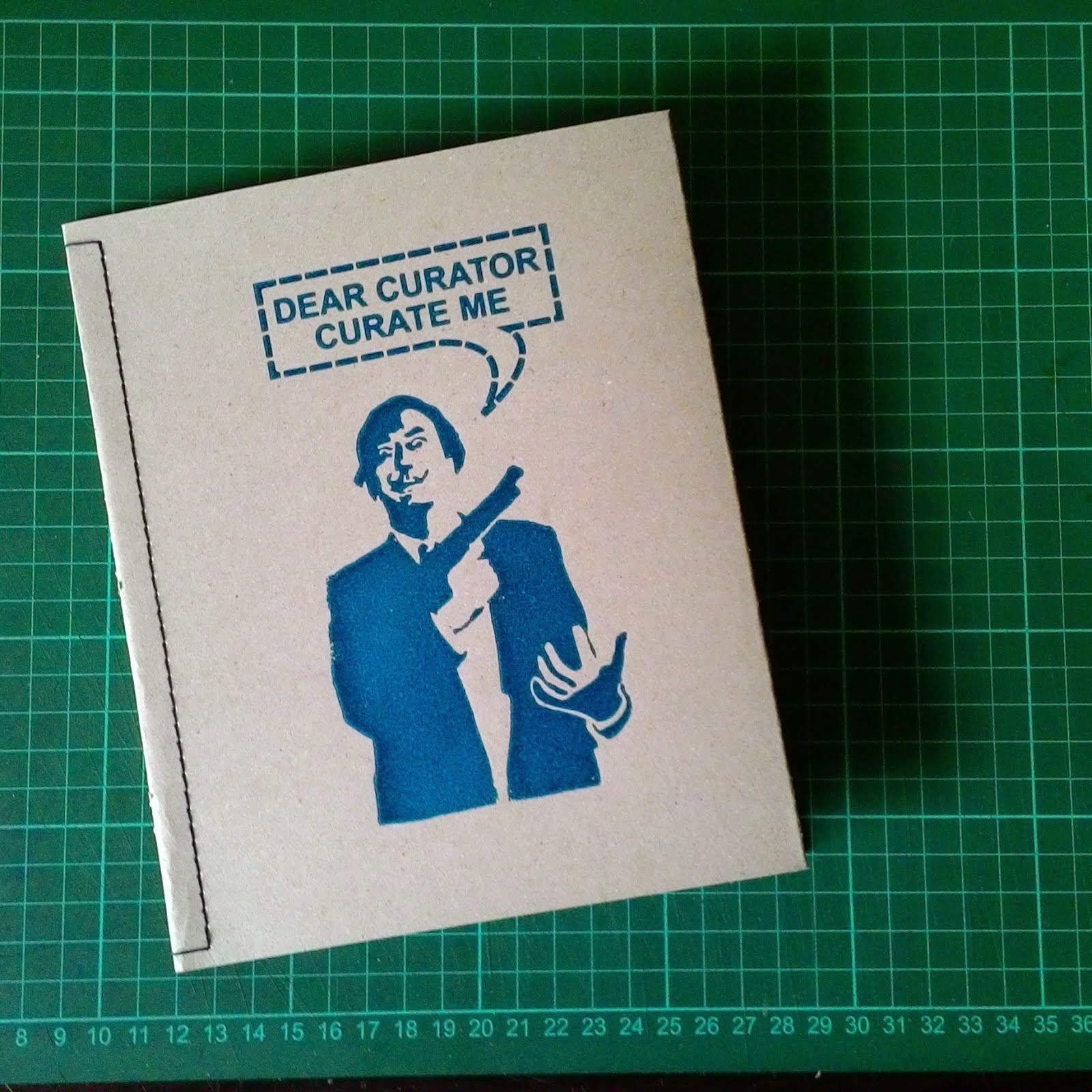Christine Clark argues that Indonesia lacks a state-sponsored public infrastructure for the arts. Many in Indonesia consider this a problem, curator Rizky Zaelani, for example, wrote: “When the state’s bureaucracy is not – or, perhaps, not yet – able to organize its wealth so that it can support and develop infrastructures for the art, the ‘fate’ of the art development cannot be supported by strong and capable institutions. As a result, various artistic events are held with neither coordination nor long-term plans.” But that is far too fatalistic, why wait for the state? Clark argues that Indonesia doesn’t need to copy the infrastructure models that have proven to be successful in the West. Organizations like ruangrupa in Jakarta (ruangrupa organizes biannually Ok. Video Festival, I published a review in C-Arts Magazine, see here), Common Room Networks Foundation in Bandung and Cemeti Art House in Yogyakarta have proven to be so successful that they do they do more than merely fill the gap left by the state. However, she concludes that without a state-sponsored public infrastructure for the arts the development of contemporary art in Indonesia will always remain problematic. This conclusion doesn’t follow from her premises, and the only support she provides is that the current Indonesian art world is characterized by decentralization. Again, that doesn’t support her conclusion (it could, if she would replace ‘decentralization’ by ‘fragmentation’). Now she seems to say that Indonesia should in fact follow the models that have proven to be successful in the West. It remains a question whether the West provides a singular model – there is a huge difference between, for instance, the U.S. and Belgium (and even between the language communities within Belgium). And the nation-state model she seems to prefer does not come with neutrality (the Netherlands are a case in point, the current right-wing government slashed its budget for the arts and as a consequence museums, theatre and dance companies, and postgraduate educational institutes have to close or at least drastically slim down). Finally, an infrastructure for the arts could also be institutionalized from the bottom-up through co-ordination between the diverse art and cultural organizations in Jakarta, Bandung and Yogyakarta (after all, MoMA in NY was a private initiative). Among many other things, it requires developing diverse formats of revenue models for financial sustainability (especially important now a dependence on foreign donors is no longer prudent due to the global financial crisis). One more point, the term ‘absentee state’ in reference to the arts in Indonesia is an exaggeration. Approximately one third of the budget of the Yogyakarta Biennale came from the state. The Jakarta Biennale is partly and indirectly state funded as well through the Jakarta Arts Council (DKJ). And all four venues at the two biennales are state-owned: the National Gallery and the Jakarta Art Center Taman Ismail Marzuki (TIM) for the Jakarta Biennale, and the National Museum of Yogyakarta and Taman Budaya for the Yogyakarta Biennale. TIM is not only state-owned, it was intended by the state to function for the arts, another example is Gallery Soemardja at the campus of ITB in Bandung (the National Gallery and Taman Budaya are colonial buildings, and the National Museum of Yogyakarta used to be a high school), from which we should conclude that the state used to have policies for the arts. Beside buildings and funding, sustainability is also about ideas. It is highly problematic that there is not yet a department of art history at an Indonesian university (which has priority over starting programs on curatorial practice or art management tailored to local needs instead of sending aspiring curators and art managers overseas for such programs).
Christine Clark, “Building a New Arts Infrastructure, Non-State Foundations in Asia;” http://www.aaa.org.hk/newsletter_detail.aspx?newsletter_id=494
Christine Clark, “When the alternative becomes the mainstream, operating globally without national infrastructure,” in 15 years Cemeti Art House, Exploring Vacuum (Yogyakarta, Cemeti Art House, 2003): 122-124.
Rizky Zaelani, “Interpellation: Notes on a common language of comparison in international art events,” Interpellation, CP Biennale 2003 catalog (Jakarta: CP Foundation, 2003); http://biennale.cp-foundation.org/2003/essays02.html








No comments:
Post a Comment